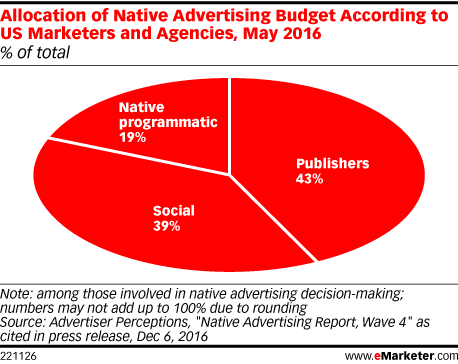Experts share tips on getting primo results
As influencer marketing evolves from a buzzed-about effort to a proven technique, marketers need to take stock of what they know is effective. Here are five important changes coming up in 2017, and experts' advice about what to do about them.
Micro and 'Middle' Influencers Are Gaining Ground
Celebrity endorsements may work for Super Bowl commercials, but some brands are seeing more success with micro-influencers that have up to 10,000 followers and "middle" influencers with up to 250,000 followers.
"Working with celebrities has become significantly less effective" said Gil Eyal, founder of influencer marketing platform HYPR Brands. "Their engagement rates are typically lower than similar influencers with a smaller audience."
Why? "Consumers can see right through it. A post from a person with millions of followers about a brand they've never talked about before seems disingenuous," said Mallorie Rosenbluth, head of social media at food delivery service GrubHub.
No. 3 Instagram Is Becoming Influencers' Preferred Channel
YouTube has long reigned as a go-to channel for influencer content, but Instagram is catching up quickly. In a November 2016 survey, influencer marketing-automation firm TapInfluence asked 268 US influencers, with an average reach of 259,000, which social platform had the most potential for growth with regard to influencer marketing. Instagram emerged as the clear winner.
Brands share that sentiment.
"Instagram is huge for us because of the rich data and because you really get to know the influencers," Delilah Nuval, marketing manager at H2O+ Beauty, said.
- See more at: https://www.emarketer.com/Article/Five-Things-You-Dont-Know-About-Influencer-Marketing/1015059?ecid=NL1001#sthash.yQhlqXty.dpuf






